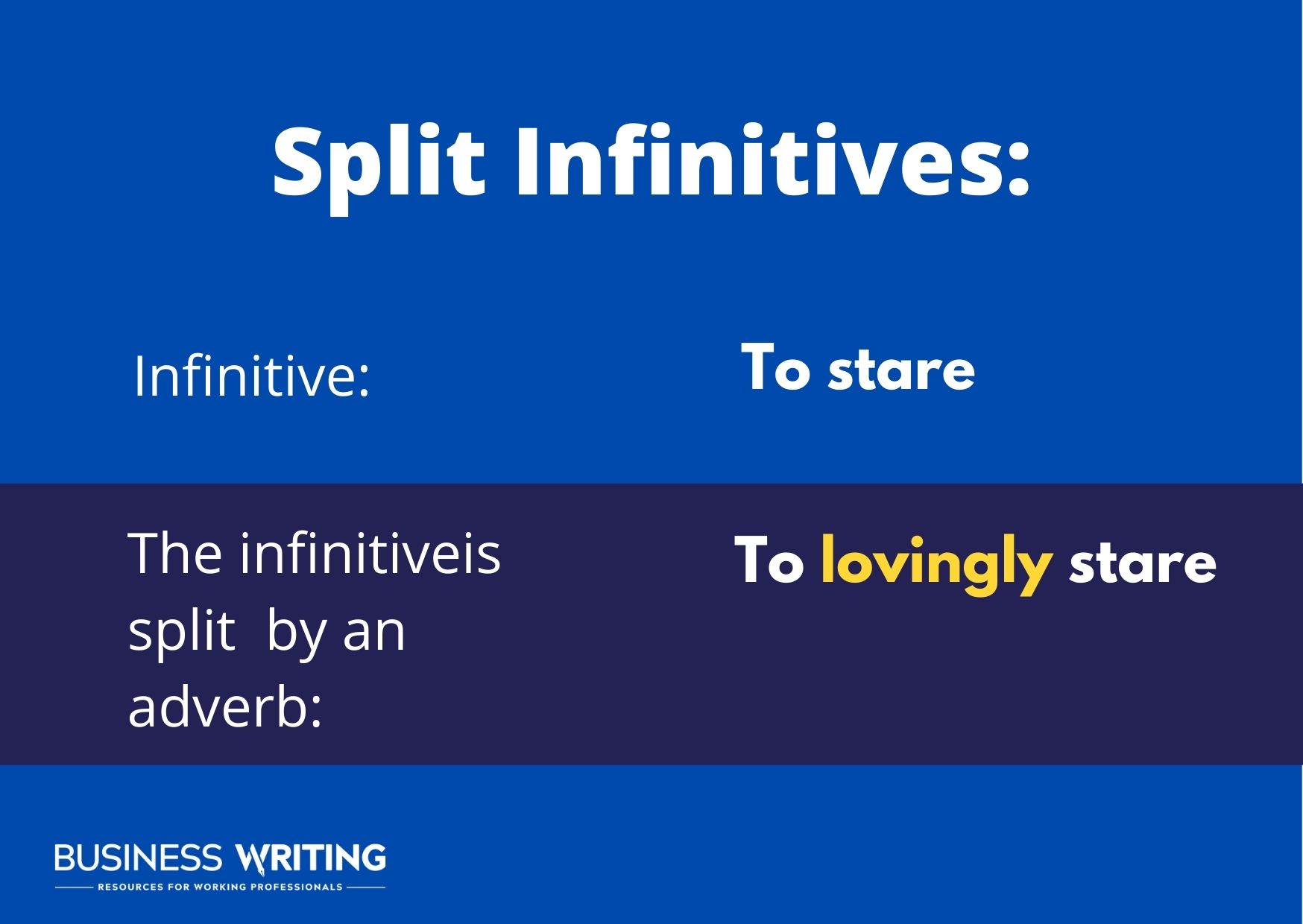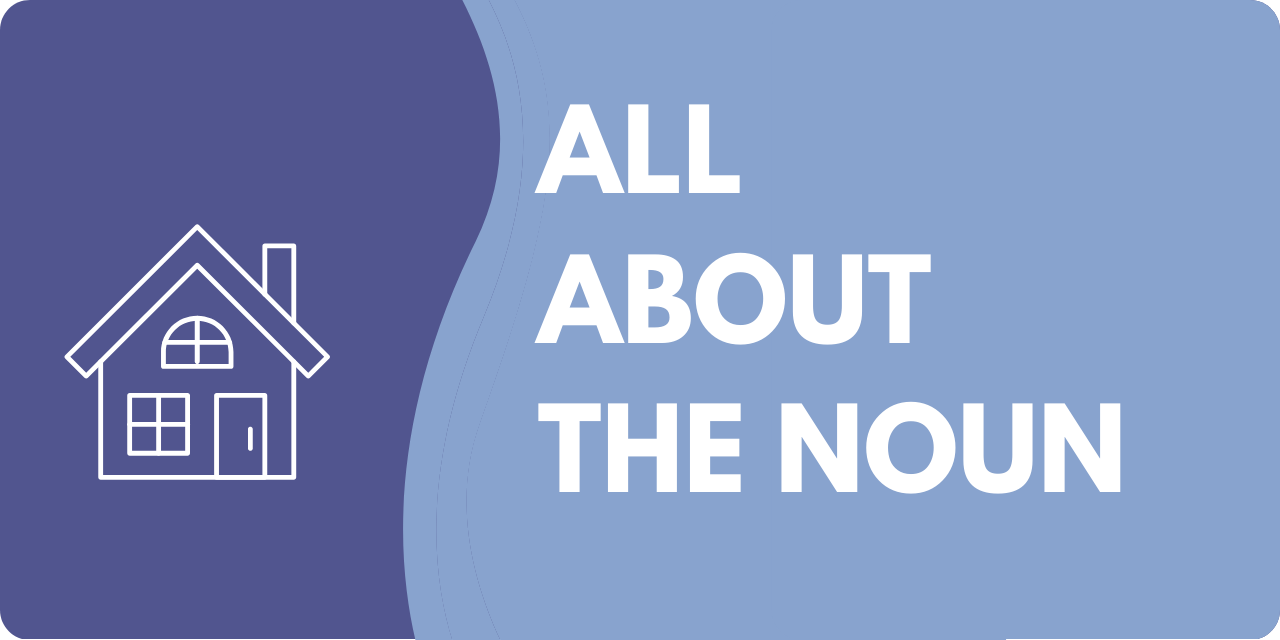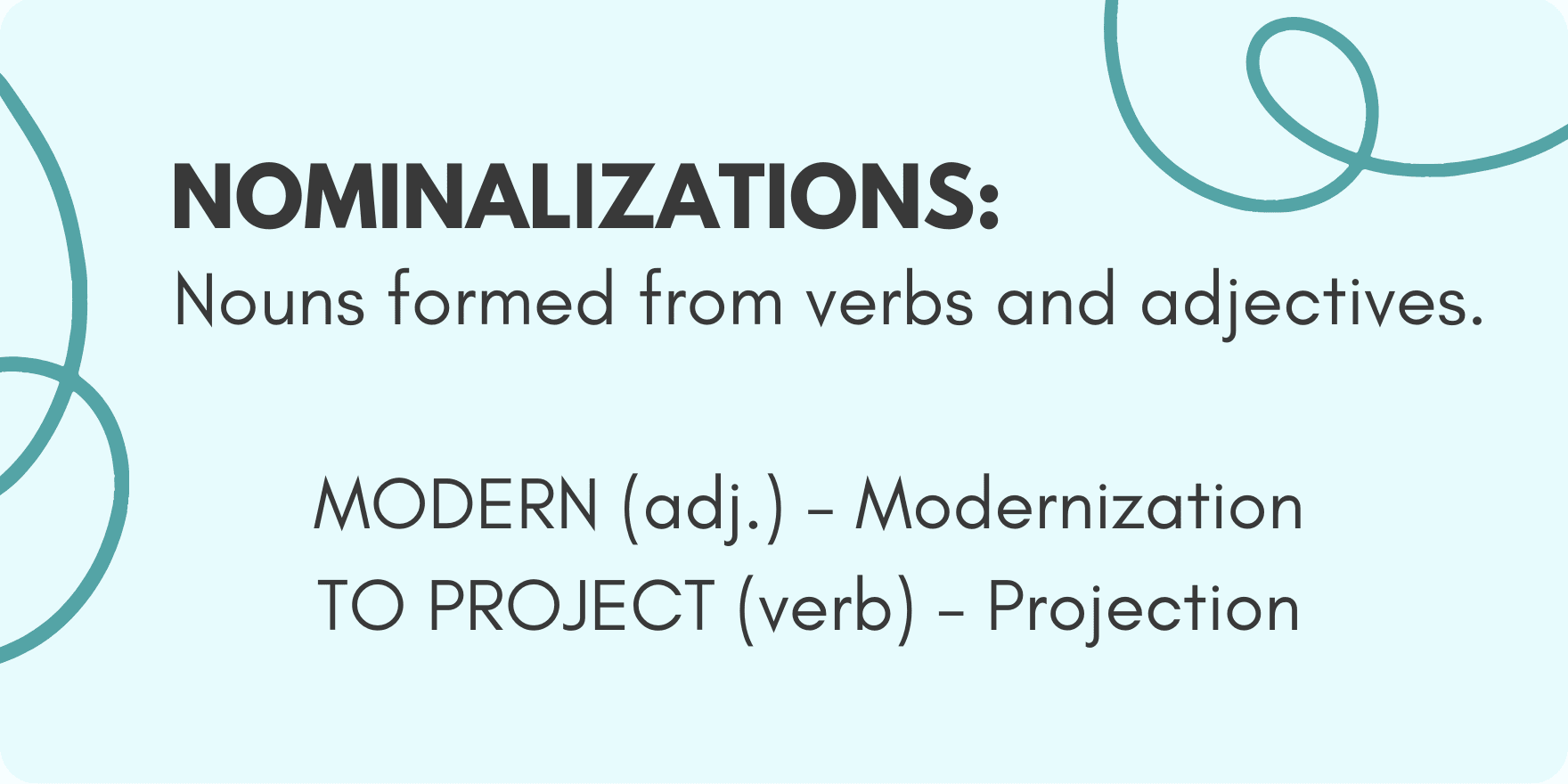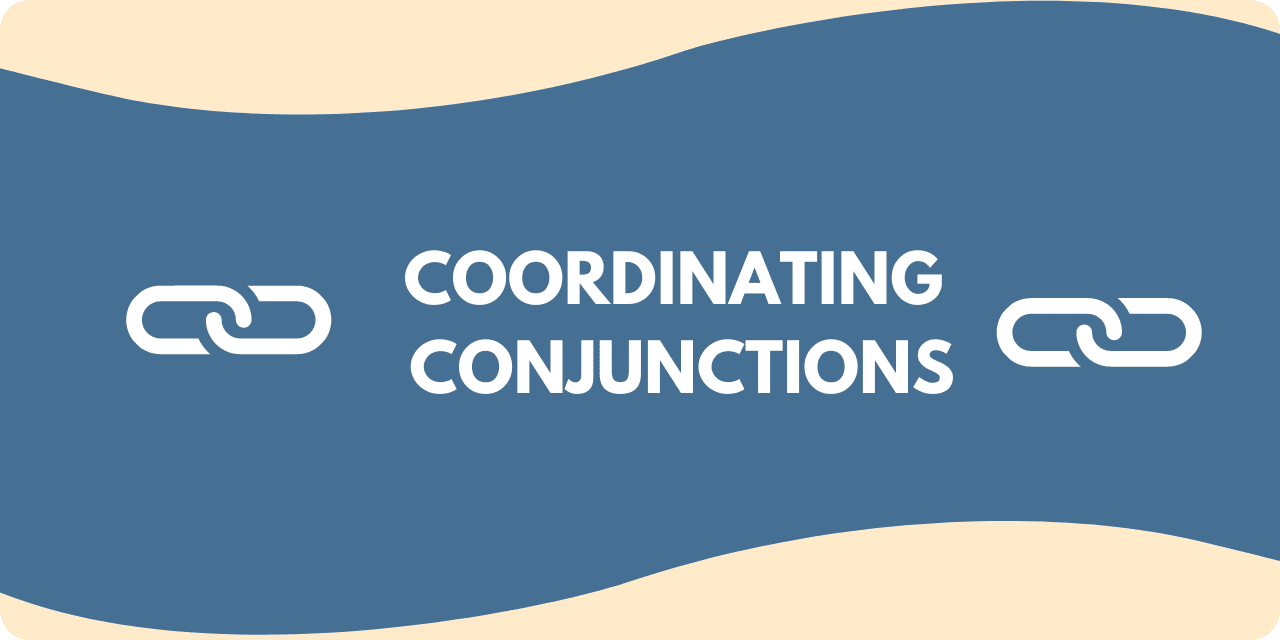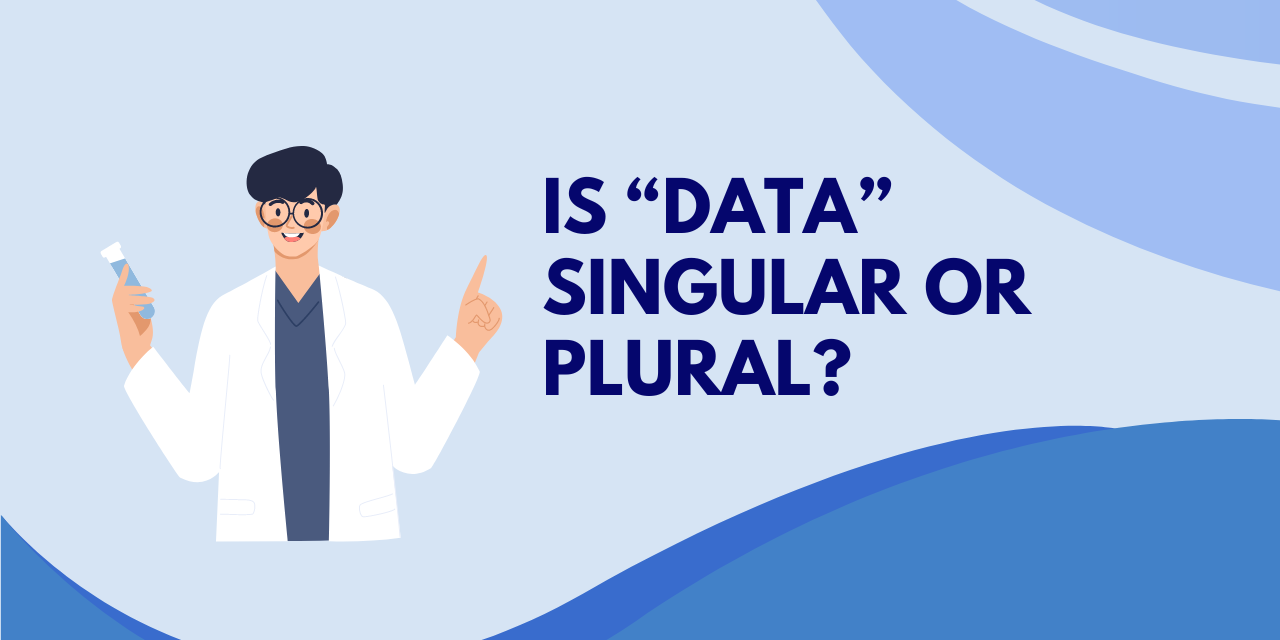You use them every day in spoken English. Pick up a magazine or read an article online—you’ll see one or more somewhere on the page. Split infinitives are everywhere and widely accepted—yet they are still surrounded by controversy. So, is it OK to break the archaic rules on using split infinitives? And is it appropriate to use them in your business writing?
What Are Split Infinitives?
Infinitives and their unfairly criticized cousins—split infinitives—need to be clearly understood before using (or not using) them correctly. So, let’s start by clearly defining what these terms mean.
An infinitive is a form of a verb along with the word to. For example:
- To run
- To jump
- To laugh
A split infinitive occurs when an adverb (or adverbial phrase) is placed between the word to and the verb. For example:
- To haphazardly run
- To suddenly jump
- To nervously laugh
The adverbs—haphazardly, suddenly, and nervously—in the above examples “split” or break up the infinitives to run, to jump, and to laugh.
Split infinitives are commonly used in many aspects of writing, including business writing and communication.
You can also watch this video for a deeper understanding:
Examples of Split Infinitives
Split infinitives add dimension and life to your writing. They allow you to use adverbs—enabling you to write in an engaging, conversational manner. The adverb splits the infinitive providing interesting, explanatory, or contextual background. Like this:
- To courageously follow in her father’s steps
- To loudly speak his mind
- To faithfully fulfill a vow
- To vigorously defend a client
Should You Use Them?
You can unapologetically use split infinitives in your writing and shouldn’t feel guilty about doing so (no matter what your 7th grade English teacher told you). Why? Because sometimes an adverb needs emphasis. Or a sentence just reads strangely without using a split infinitive. Read aloud what you’ve written and listen for naturalness, tone, and clarity.
Here’s an example of how to split infinitives. Carefully note how the adverb wouldn’t work anywhere else in the sentence.
The bank manager intends to more than make up for the accounting error on the customer’s bank statement.
The phrase more than wouldn’t be as effective if used elsewhere in the sentence. It would just sound awkward. So, you can split infinitives—but do so thoughtfully. And actively listen to how the sentence will sound (or read) to your audience.
Split infinitives can also make your writing more fluent and get your message across clearly. For example:
The supervisor’s goal is to adequately provide the training needed.
The split infinitive—to adequately provide—is easy to understand. It tells you specifically what the supervisor’s goal is and qualifies the degree of training.
What to Avoid
Although you can split infinitives at will with no fear of retribution, there are still occasions when you want to avoid using them. If the sentence’s meaning becomes confusing or hard to read, it’s best to leave the infinitive intact. If a split infinitive adversely affects the sentence, then you should forgo the ax.
Here’s an example of when to leave an infinitive alone:
Split infinitive: Is it necessary for you to so loudly play the piano?
No split infinitive: Is it necessary for you to play the piano so loudly? (Much better!)
In addition, if you split them too far apart in a sentence, it gets messy. The intended meaning or direction of the sentence can get lost in too many words. For example:
This sewing machine will allow you to rapidly, easily, and carefully sew your company logo onto bags.
“To” and “sew” are miles apart. Improve the flow of the sentence by revising it like this:
This sewing machine will allow you to sew your company logo onto bags rapidly, easily, and carefully.
Using Split Infinitives in Business Writing
Your ultimate goal in business communication is to present information clearly and effectively. You want to inform and motivate your audience. Doing so requires you to write concisely and creatively, giving extra details or descriptive narrative when needed. Split infinitives can allow you to express your thoughts naturally in a way that makes perfect sense to your reader. They can breathe life into an otherwise boring memo or report. And they can paint a mental picture in your reader’s mind that will help them retain the information.
So, go ahead—pick up the ax—split an infinitive or two and feel no regrets!
Related: further reading – “Go Ahead, Split an Infinitive!”
—
Want to sharpen your business writing skills? Discover our acclaimed online courses.

